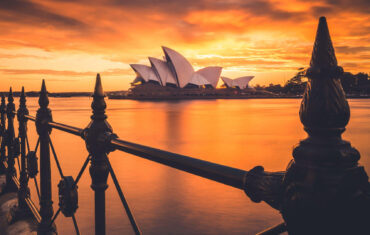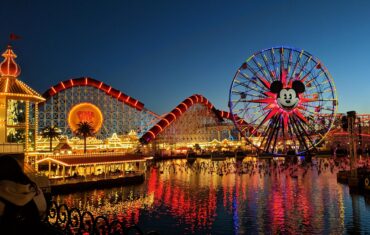Alaska, the largest U.S. state, boasts breathtaking natural beauty and a rich cultural tapestry. Its vast wilderness encompasses glaciers, mountains, and pristine forests. The state is a haven for outdoor enthusiasts, offering opportunities for hiking, fishing, wildlife viewing, and more. Visitors can witness the Northern Lights in the winter and enjoy the midnight sun in summer. Alaska’s indigenous cultures, including the Inupiaq, Yup’ik, and Athabascan peoples, add depth to its history and traditions. Anchorage, the largest city, serves as a gateway to explore this rugged paradise, with iconic destinations like Denali National Park and the Inside Passage drawing travelers from around the world.
Exploring the Majesty of Denali National Park, Alaska
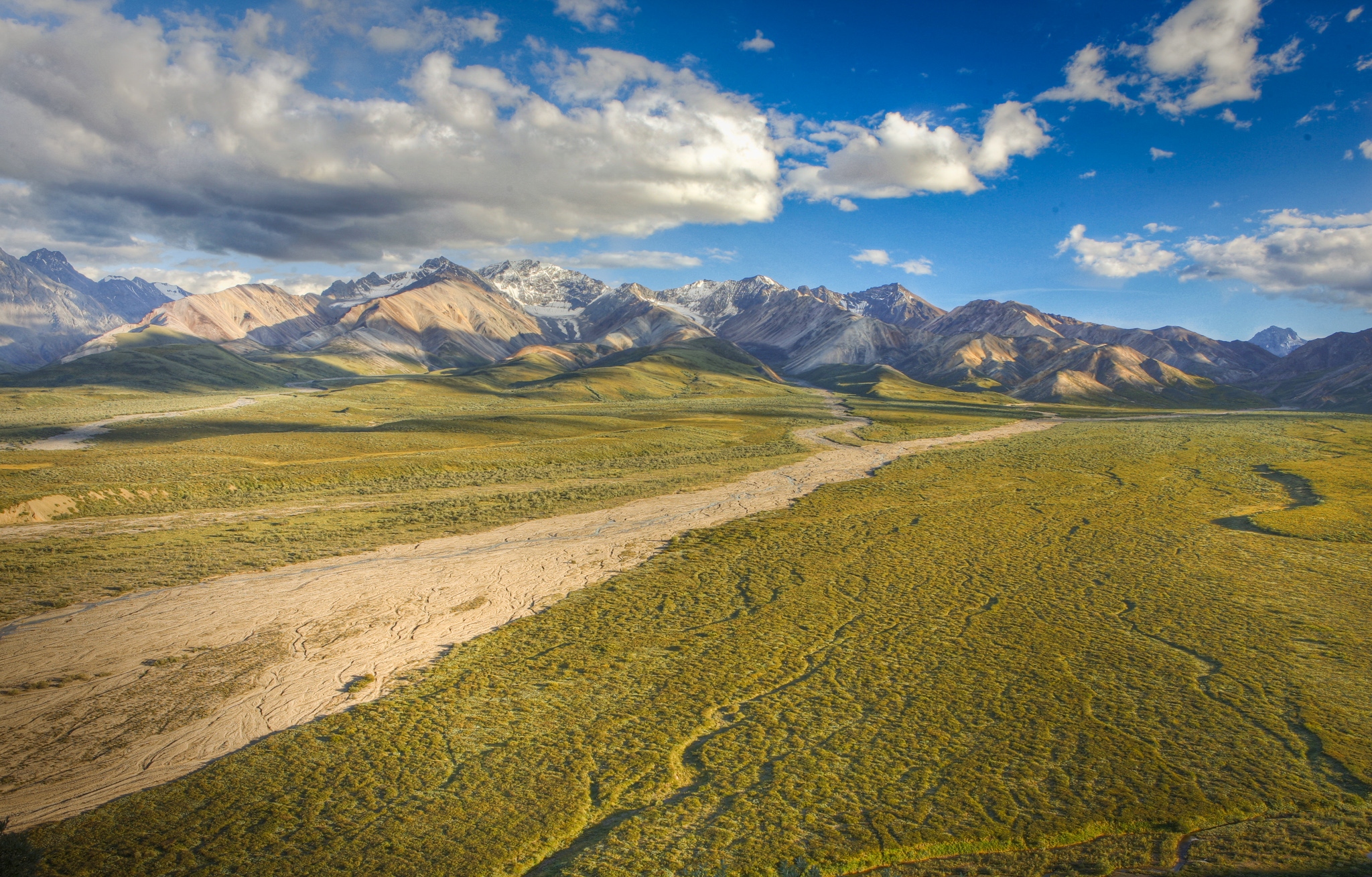
A short drive south of Fairbanks, you’ll find yourself in the presence of the tallest mountain in North America – Denali, formerly known as McKinley. Standing at a towering 20,320 feet above sea level, this peak is aptly named “The High One” in the Athabascan tribe’s language. While Denali is often shrouded in cloud cover, the surrounding 6-million acre Denali National Park is an absolute must-visit destination in Alaska.
What sets Denali apart is the freedom to explore off the beaten path. Upon entering the park, you’ll discover a visitor center with marked trails, but the real adventure begins when you ask the shuttle to drop you off anywhere along the 90-mile road, allowing you to delve deeper into the wilderness. Armed with a topographical map and compass, you can navigate through some of the world’s most pristine landscapes. Alternatively, opt for a bird’s eye view of the park by embarking on a sightseeing tour that takes you up and around Denali, culminating in a landing on a glacier – a once-in-a-lifetime experience.
Anchorage – Alaska’s Urban Jewel
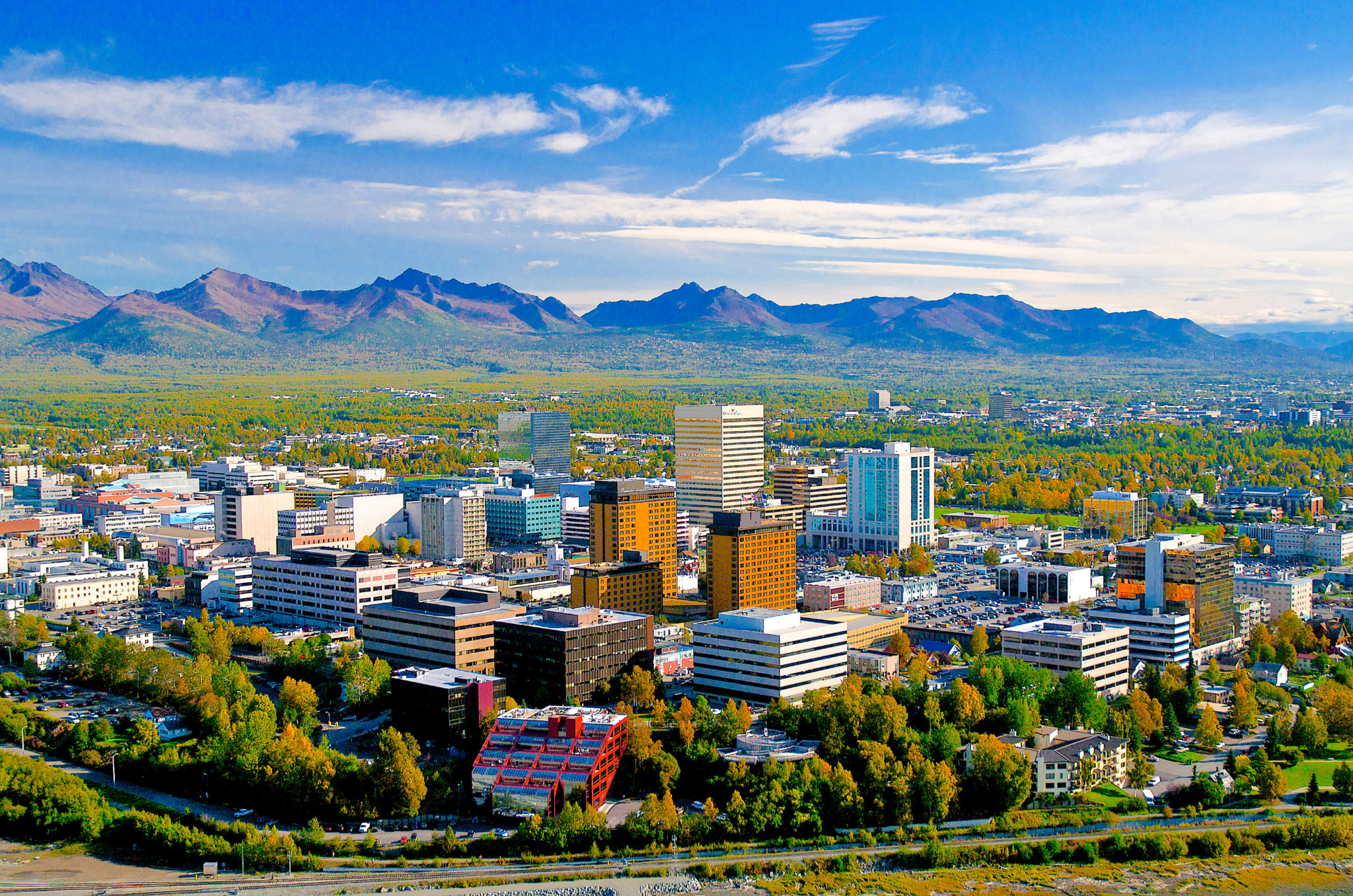
Chances are your Alaskan adventure will begin and end in Anchorage, serving as the gateway to this rugged state. With a population of 400,000, it’s Alaska’s largest metropolitan area, offering much more than just an airport. Anchorage boasts incredible seafood restaurants, delightful microbreweries, and captivating museums to explore during your stay.
Discovering Glacier Bay National Park
:max_bytes(150000):strip_icc()/GlacierBayNationalParkDaveBartuff-Getty-571138833df78c3fa2a43ea4.jpg)
Along Alaska’s inside passage lies Glacier Bay National Park, a realm where massive glaciers dramatically calve into frigid waters. To truly appreciate the grandeur of this park, take to the water by kayaking or embark on a cruise that allows you to get up close and personal with glaciers and floating ice chunks. The best part? Cruise lines operating in the park are required to have knowledgeable park rangers on board, enhancing your experience with their insights.
Hubbard Glacier & Wrangell–St. Elias National Park and Preserve
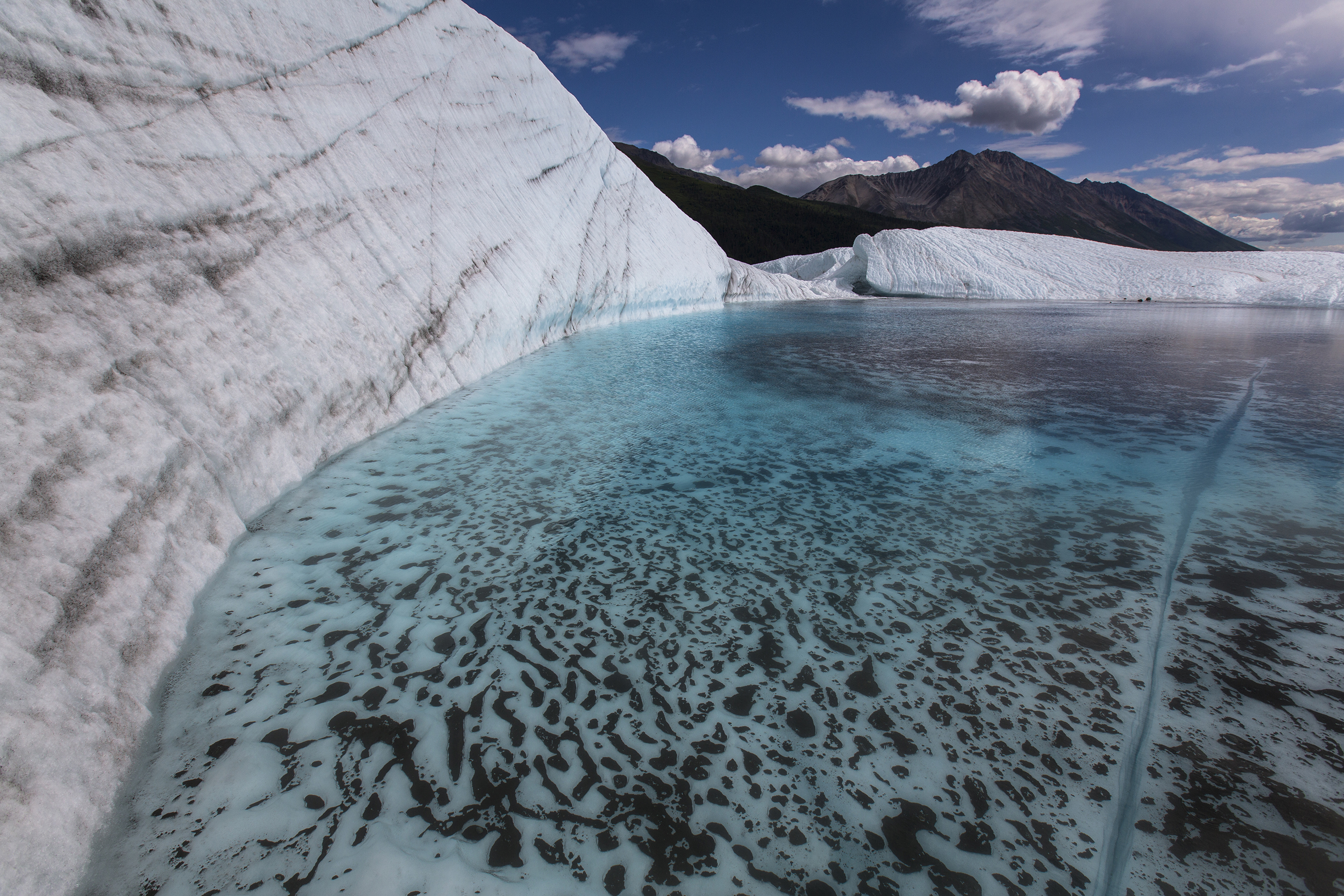
Hubbard Glacier, situated closer to mainland Alaska, remains a hidden gem compared to the more frequented Glacier Bay. However, Hubbard is a colossal glacier, the largest tidewater glacier in North America, stretching an incredible 76 miles in length and plunging to depths of 1,200 feet. It resides within Wrangell–St. Elias National Park and Preserve, the largest national park in the United States.
Seward – The Coastal Gem
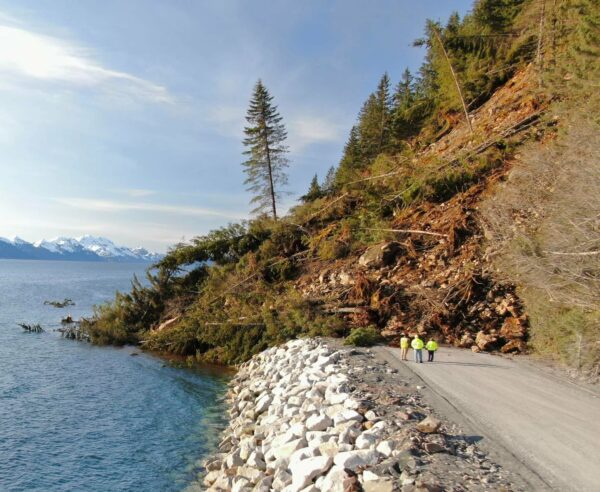
Seward, a picturesque port city on the Kenai Peninsula, is often regarded as the gateway to Kenai Fjords National Park. Yet, Seward itself offers a plethora of attractions. Nestled alongside Resurrection Bay, known for its abundant marine life, you can embark on whale-watching tours, leisurely strolls along the waterfront and downtown areas, or visit the captivating sea life center.
Kenai Fjords National Park – Where Land, Sea, and Ice Collide
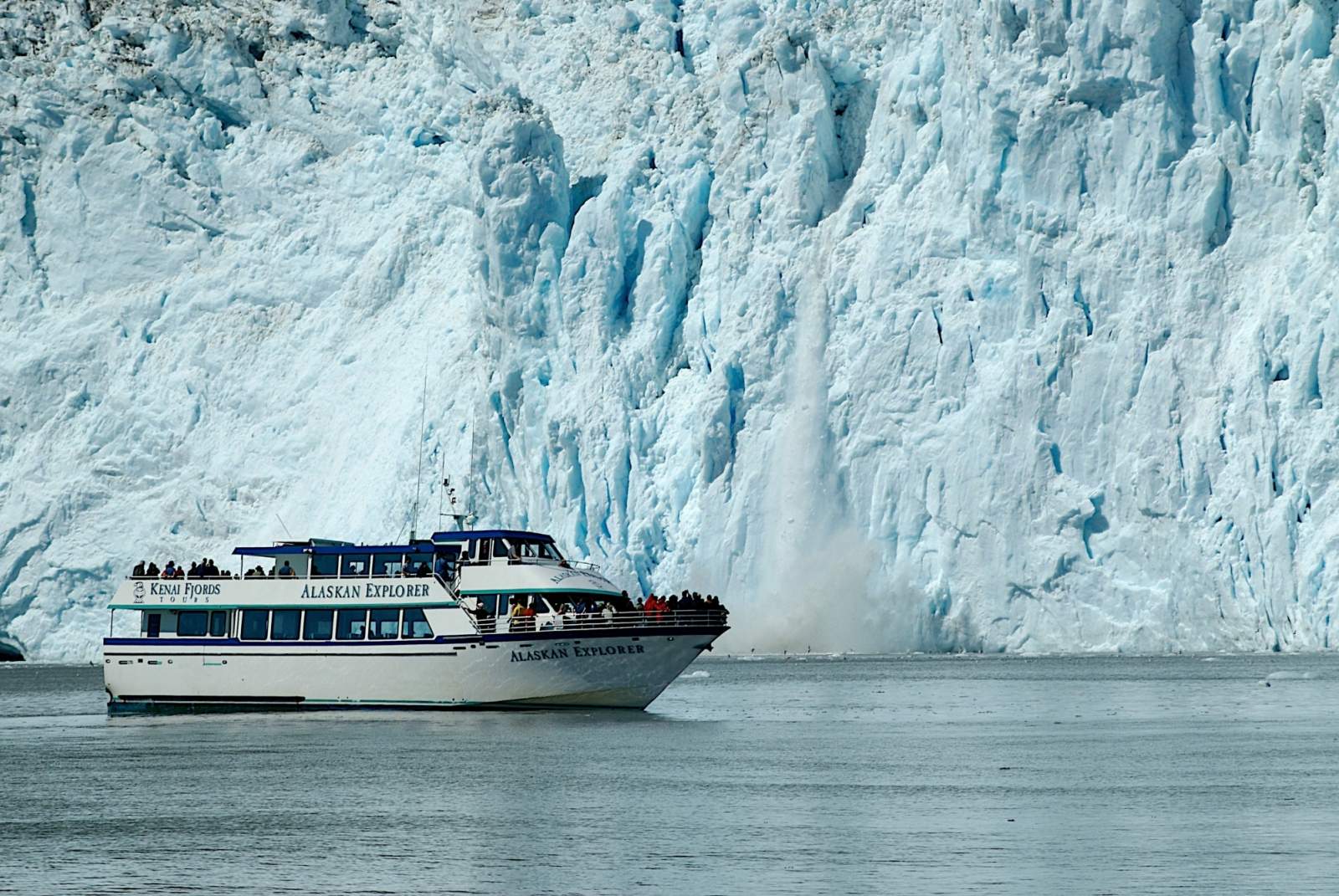
A mere 40 minutes north of Seward lies Kenai Fjords National Park, a unique convergence of ocean, mountains, and land. This park boasts nearly 40 glaciers flowing from the Harding Icefield, its crowning jewel. To reach the icefield, consider a spectacular day hike or opt for a guided kayak tour along the fjords to immerse yourself in this breathtaking natural wonder.
Fairbanks – Chasing the Northern Lights

If your Alaskan adventure unfolds during the fall or winter, Fairbanks is the place to be for a chance to witness the mesmerizing Northern Lights. Situated beneath the “Auroral Oval,” a ring-shaped zone where aurora activity concentrates in the far north, Fairbanks offers clear nights and low precipitation. The aurora season spans from late August to April, with a stay of more than three nights virtually guaranteeing a sighting. Beyond the auroras, Fairbanks offers a range of exhilarating activities, including dog sledding.
Katmai National Park – A Haven for Brown Bears
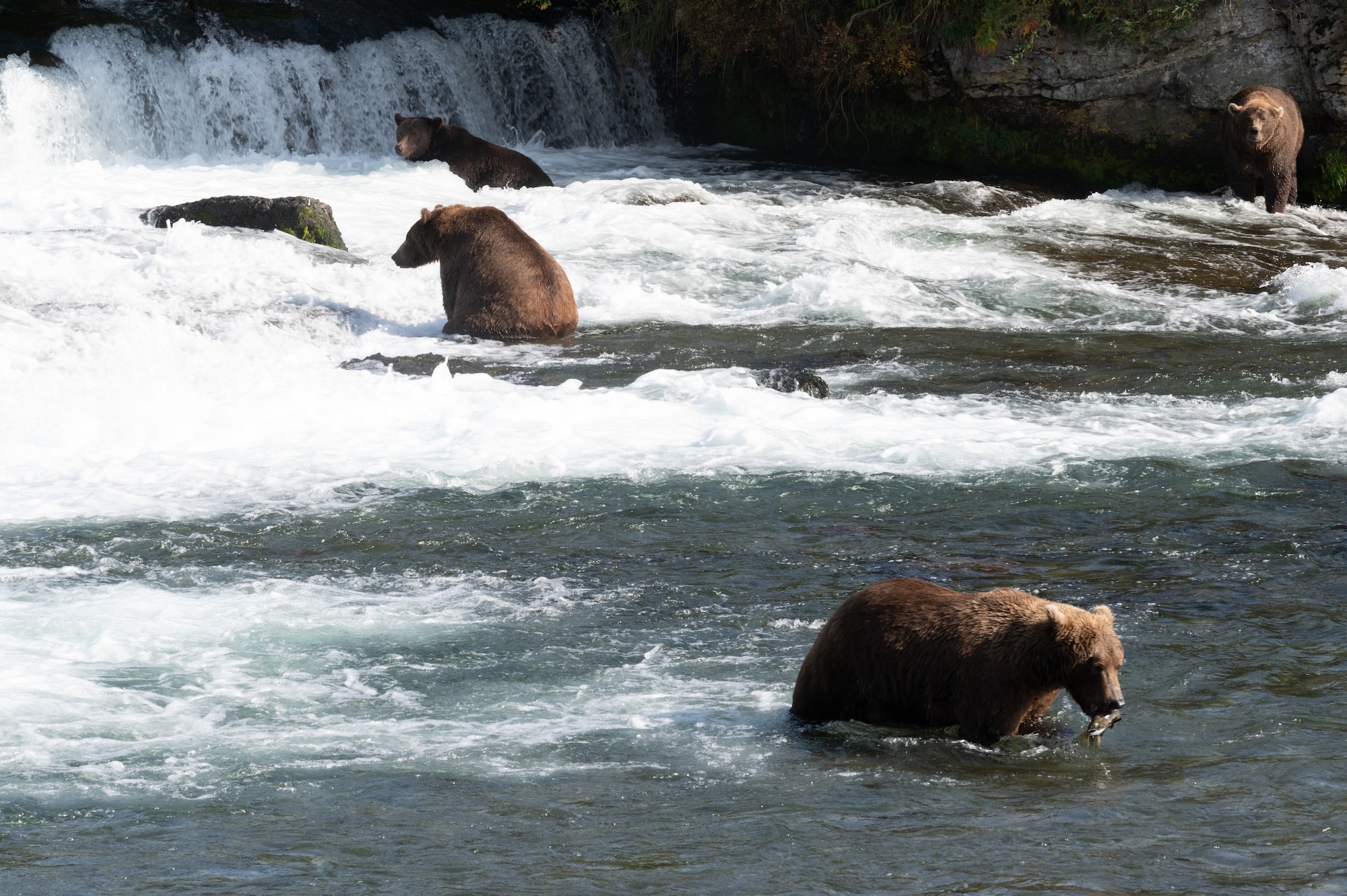
A journey 290 air miles southwest of Anchorage takes you to Katmai National Park. While not easily accessible, the effort is rewarded with the opportunity to witness one of the world’s largest brown bear populations. The Brooks River, teeming with salmon, attracts these grizzlies, and the park has established safe viewing areas for you to observe these majestic creatures in their natural habitat.
Girdwood – A Year-Round Wonderland
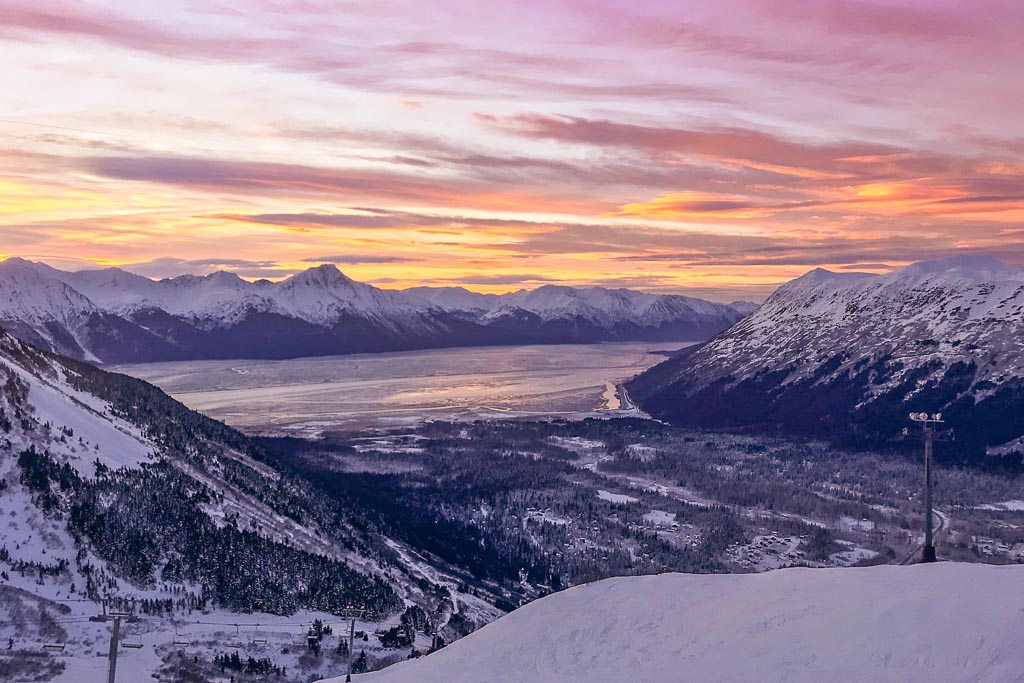
Just an hour’s drive southwest of Anchorage, Girdwood, a former mining town, retains its charming allure. The Portage Valley surrounding Girdwood features hanging glaciers and a network of hiking and mountain biking trails. However, it’s during the winter season that Girdwood truly shines, with the renowned Alyeska Ski Resort and exceptional backcountry terrain making it a premier skiing destination worldwide.
The Alaska Highway – A Scenic Odyssey
:max_bytes(150000):strip_icc()/mukluk-land-alaska-ALASKAHWY0617-b5406fe3b7354b10b5888a193df410c6.jpg)
While not a destination per se, the Alaska Highway is an epic 1,387-mile drive stretching from Delta Junction, southeast of Fairbanks, to Dawson Creek in British Columbia, Canada. Renowned as one of the world’s top scenic routes, it offers a captivating journey for those opting to drive to or from Alaska, showcasing breathtaking landscapes along the way.\
5 FAQs About Alaska
1.What is the best time to visit Alaska?
Alaska’s best time to visit largely depends on your interests. Summer, from June to August, is the most popular season due to milder temperatures, longer daylight hours, and a plethora of outdoor activities like hiking, wildlife viewing, and fishing. However, if you want to witness the Northern Lights, the best time is during the winter months from late August to April. The shoulder seasons of spring (May) and fall (September) offer fewer crowds and can be an excellent compromise.
2.Is it true that Alaska experiences 24-hour daylight in the summer?
Yes, many parts of Alaska, particularly those in the northern region, do experience what’s known as the “Midnight Sun” during the summer months. This phenomenon occurs because Alaska is located near the Arctic Circle. In places like Fairbanks and Barrow, you can experience continuous daylight for several weeks during the peak of summer.
3.What are the top wildlife attractions in Alaska?
Alaska is renowned for its diverse and abundant wildlife. Some of the top wildlife attractions include bears (both grizzly and black bears), moose, bald eagles, wolves, whales (such as humpback and orca), sea lions, and a variety of bird species. You can observe these animals in their natural habitats through activities like wildlife cruises, bear viewing tours, and visits to national parks and wildlife reserves.
4.Do I need a passport to visit Alaska from the rest of the United States?
No, if you are a U.S. citizen traveling within the United States to Alaska, you do not need a passport. Alaska is a part of the United States, so domestic travel rules apply. However, if you plan to visit Canada or other countries during your trip to Alaska, you will need a valid passport.
5.Are there any safety concerns when visiting Alaska?
Alaska is a vast and remote wilderness, so it’s important to be aware of potential safety concerns. These can include encounters with wildlife, extreme weather conditions, and challenging terrain. It’s crucial to be prepared, informed, and practice responsible outdoor behavior. Additionally, if you plan on engaging in activities like hiking, camping, or boating, make sure to research and follow safety guidelines, and let someone know your plans and expected return times. Bear safety is also a significant concern in many parts of Alaska, so understanding how to safely coexist with bears is essential for outdoor enthusiasts.




